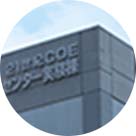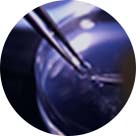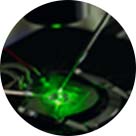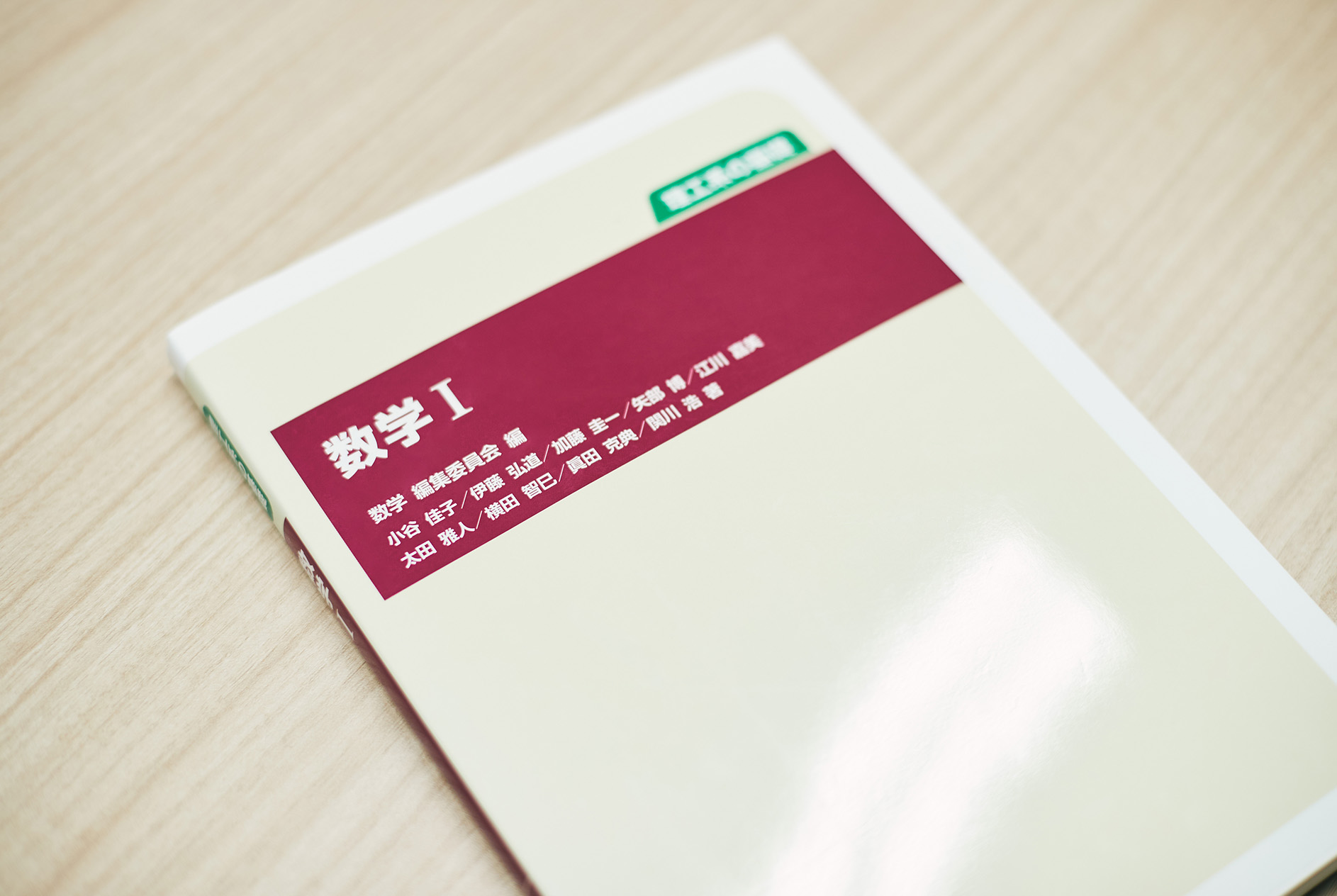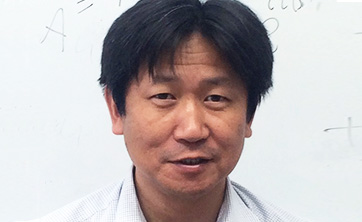Interdisciplinary researches between mathematical analysis, science and engineering
This division has been established on the April of 2025, as the succession of Division of Research Alliance for Mathematical Analysis. The aim of our division is to make alliance research over mathematical analysis, numerical analysis, physics, chemistry, biology and engineering.
Alliance inside the division
We make research alliance based on Three groups(Group of mathematical physics, Group of mathematical biology and Group of mathematical engineering).
Group of mathematical physics
The aim of the group is to establish original numerical method for Schrödinger equations based on representation of solutions via wave packet transform due to K. KATO and apply it to condensed matter physics. We have succeeded to establish original numerical method and are applying it to compute numerical solutions of Schrödinger equations.
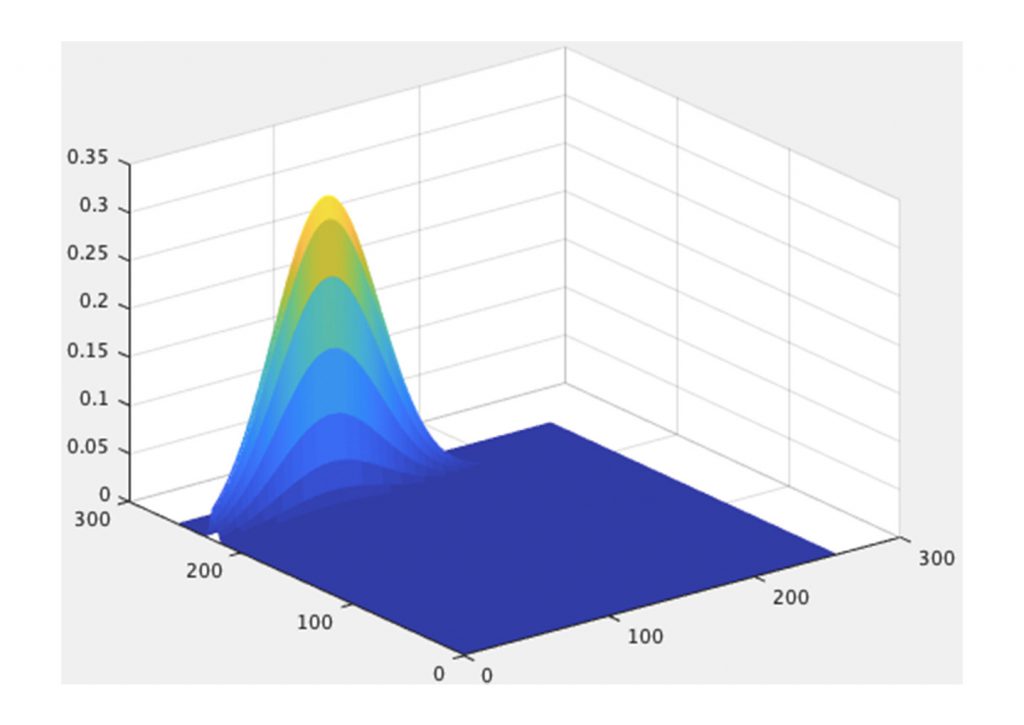
Group of mathematical biology
We investigate asymptotic behavior of solutions of mathematical models including epidemiological models and Keller–Segel system for cancer invasion. One of our study is a free boundary problem that describes the spatial propagation of a transmitted disease. By a joint work among E. ISHIWATA, T. USHIJIMA, Y. ENATSU, we have obtained a new result for existence and nonexistence of a traveling wave solution (a solution propagating in a direction with the same profile and the same speed). Starting February 2018, we have organized regular seminars relating to infectious diseases in Kagurazaka campus. In the seminar, talks on infectious diseases are given by researchers in the field of mathematics, biology, medical science.
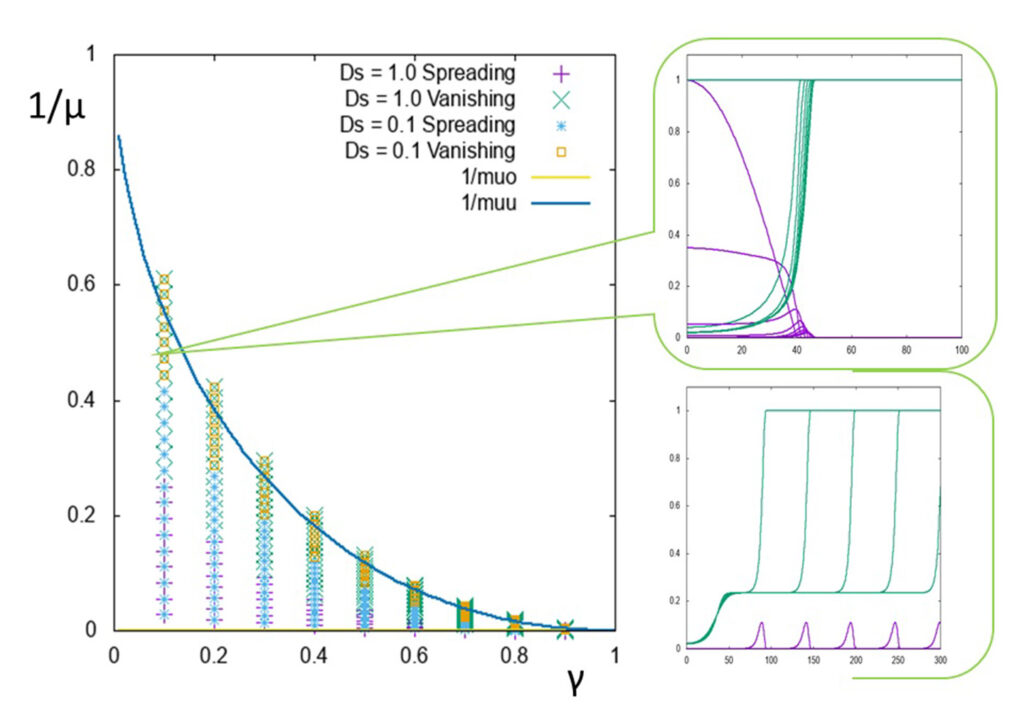
Group of mathematical engineering
This is a research group focused on mathematical analysis of various phenomena in continuum mechanics and applying to inverse problems. Especially, we study fracture phenomena for elastic structures, motion of vortex filaments, faulting rupture in seismology and so on. As regards inverse problems, we deal with reconstruction problems for discontinuity embedded in a medium, such as cracks, cavities, inclusions and obstacles, from observed data, which are arising from non-invasive tests for a living body, non-destructive tests in engineering and inversion of source process in seismology. The aim of the group is to provide theoretical foundations and their numerical implementation.
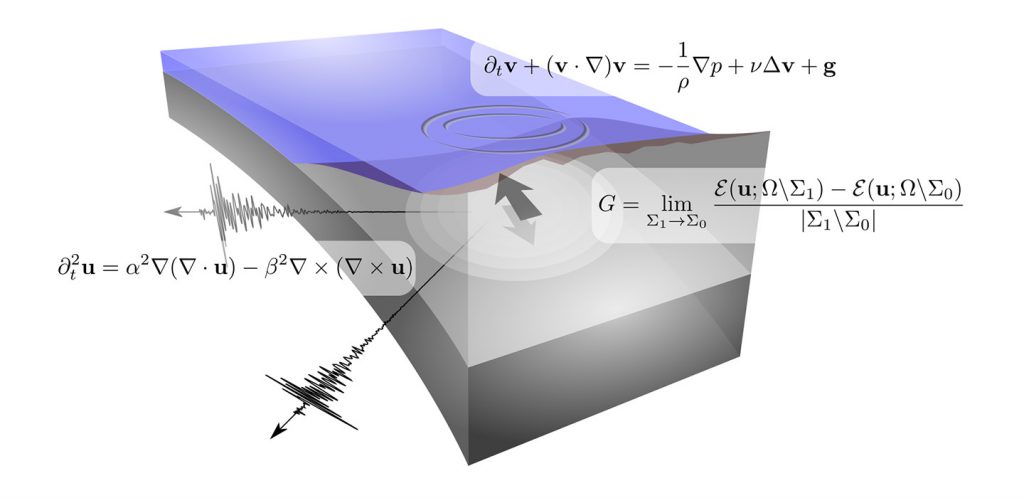
Alliance with other divisions in RIST
From the beginning of the 21st century, the importance of mathematics has been known more and more even in our country. In the research institute for Science and technology(RIST), we have two mathematical division: this division and the division of modern algebra and cooperation of engineering(DMACE). We will make research alliance with other divisions such as divisions of condensed matter physics, divisions of chemistry, divisions of biology and divisions of engineering with cooperation of DMACE.
Alliance with other institutes
On the January of 2020, we have concluded the agreement for research alliance between RIST and Research Alliance Center for Mathematical Sciences(RACMaS) in Tohoku University. We will promote research alliance between this division and RACMaS based on the agreement. We also try to make research alliance with other institutes.


